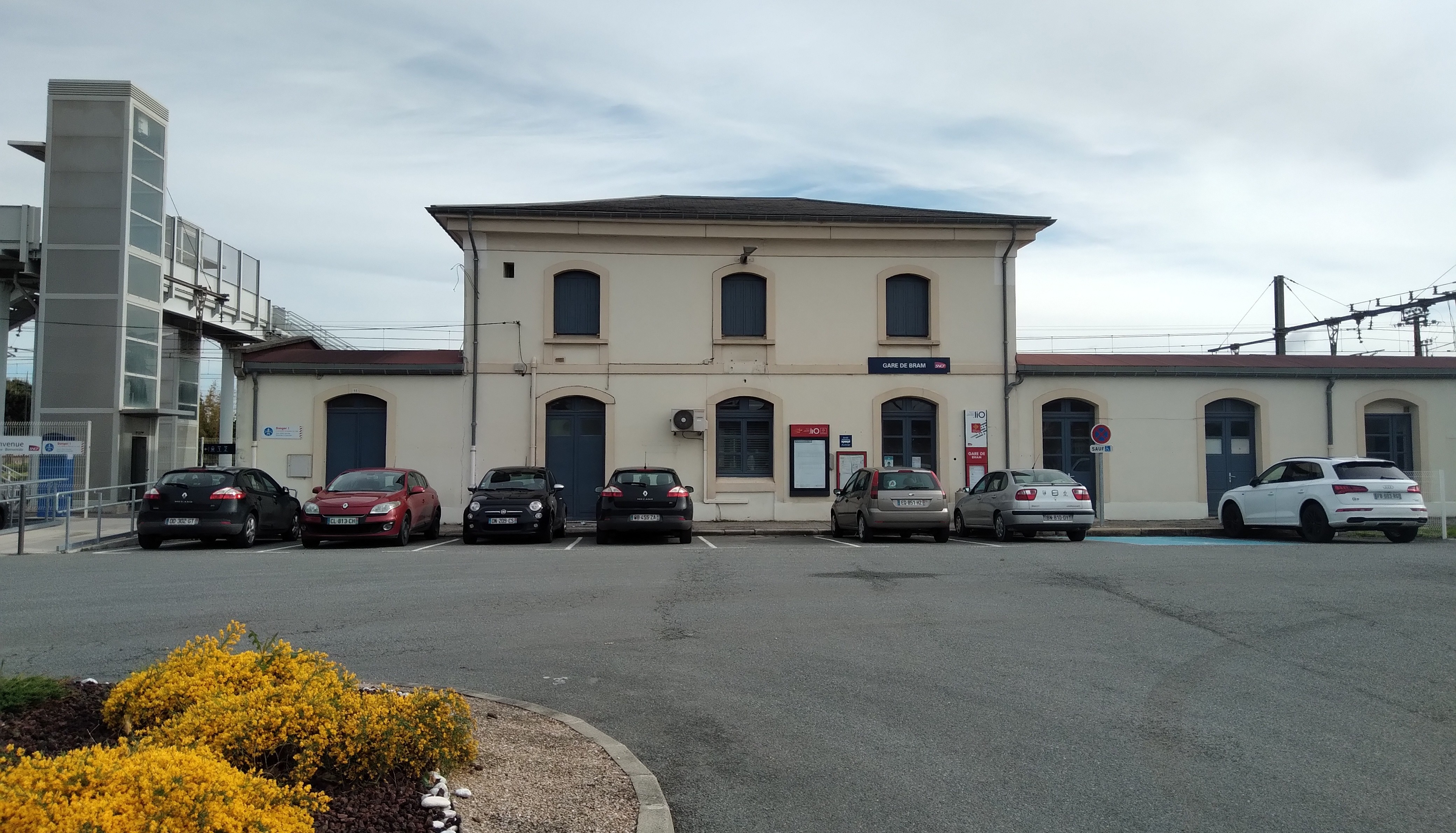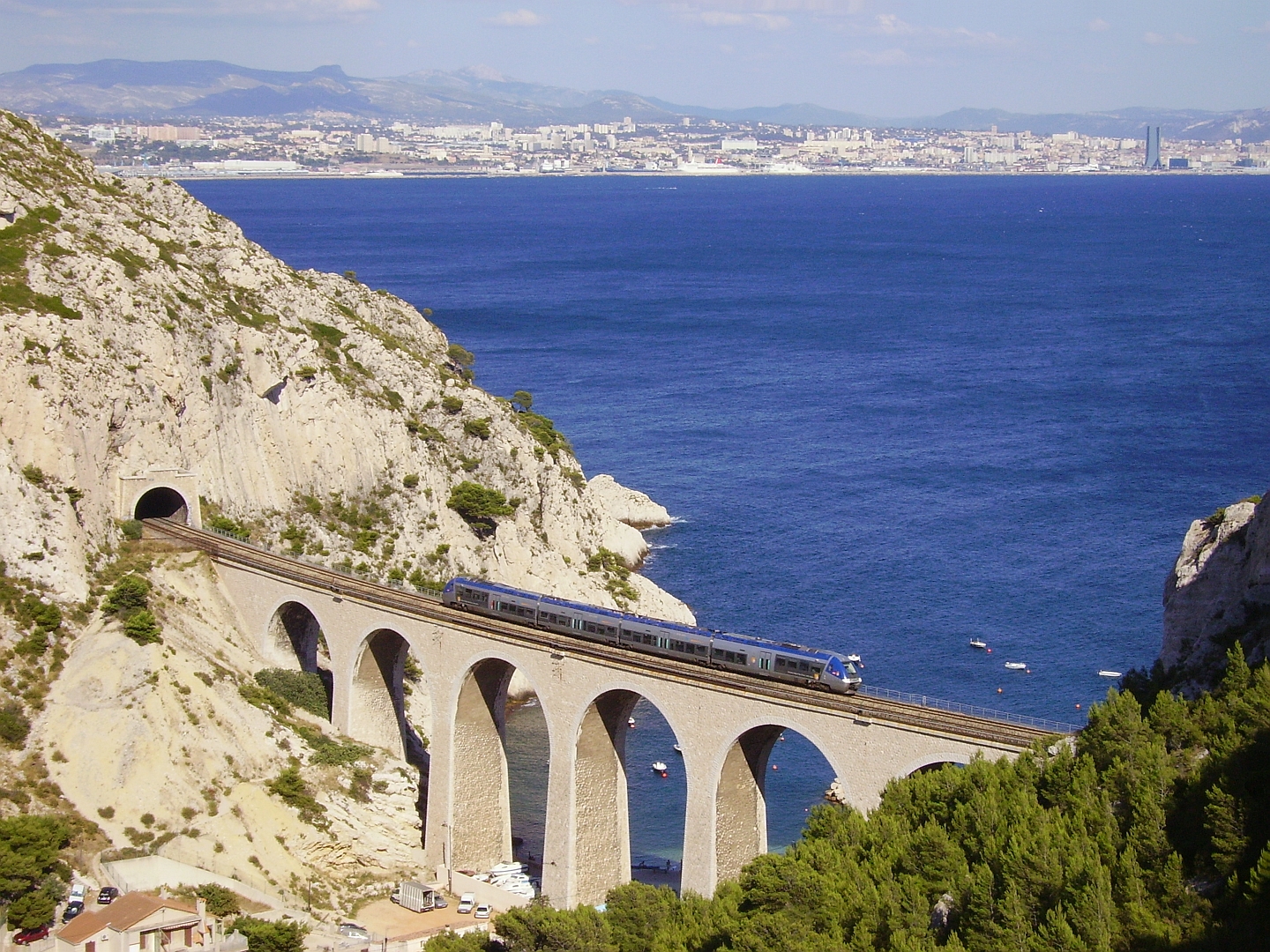|
Gare De Bram
Bram is a railway station in Bram, Occitanie, France. The station is on the Bordeaux–Sète railway line. The station is served by TER (local) services operated by the SNCF The Société nationale des chemins de fer français (; abbreviated as SNCF ; French for "National society of French railroads") is France's national state-owned railway company. Founded in 1938, it operates the country's national rail traffi .... Train services The following services currently call at Bram: TER Occitanie, accessed 11 May 2022. *local service (TER Occitanie) Toulouse–Carcassonne–Narbonne References [...More Info...] [...Related Items...] OR: [Wikipedia] [Google] [Baidu] |
Gare De Bram 2021
Gare is the word for "station" in French and related languages, commonly meaning railway station Gare can refer to: People * Gare (surname), surname * The Gare Family, fictional characters in the novel '' Wild Geese'' by Martha Ostenso Places * Gare, Zavidovići, Bosnia and Herzegovina * Gare (Gadžin Han), a village situated in Gadžin Han municipality in Serbia * Garé, Hungary * Gare, Luxembourg, neighborhood around the railway station in Luxembourg City, Luxembourg * Gare Loch, an open see loch in Argyll and Bute, Scotland * Pompoï-gare, Pompoï-gare is a village in the Pompoï Department of Balé Province in southern Burkina Faso * South Gare, an area of reclaimed land and breakwater on the southern side of the mouth of the River Tees in Redcar and Cleveland, England ** South Gare & Coatham Sands SSSI, Site of Special Scientific Interest ** South Gare Lighthouse, at the end of the South Gare breakwater Transportation ''Gare'' refers to many stations in Francophone and other ... [...More Info...] [...Related Items...] OR: [Wikipedia] [Google] [Baidu] |
Bram, Aude
Bram () is a commune in the Aude department in the Occitanie region in southern France. Bram is part of the old province of Lauragais, and is 790 km from Paris. Bram station has rail connections to Toulouse, Carcassonne and Narbonne. History The CD33 road to the village follows the Roman road, the Romans settling in the area because of a climate which balanced the warmth of the Mediterranean with the freshness of the Atlantic. In 60BCE, they began construction of Bram and called it Eburomagus. Roman remains suggest the town was less round than the current town. Eburomagus disappeared. The modern town was born in the 12th century, built around its fortress church. The only way into the village was by a gate to the east. Bram was a centre of Cathar belief. Their difference from Rome brought the intervention of Simon de Montfort who, following a Spanish monk who became St Dominic, besieged the town in 1210. He succeeded in three days and took revenge on resistants by cutti ... [...More Info...] [...Related Items...] OR: [Wikipedia] [Google] [Baidu] |
Occitania (administrative Region)
Occitania ( ; french: Occitanie ; oc, Occitània ; ca, Occitània ) is the southernmost administrative region of metropolitan France excluding Corsica, created on 1 January 2016 from the former regions of Languedoc-Roussillon and Midi-Pyrénées. The Council of State approved Occitania as the new name of the region on 28 September 2016, coming into effect on 30 September 2016. The modern administrative region is named after the larger cultural and historical region of Occitania, which corresponds with the southern third of France. The region of Occitania as it is today covers a territory similar to that ruled by the Counts of Toulouse in the 12th and 13th centuries. The banner of arms of the Counts of Toulouse, known colloquially as the Occitan cross, is used by the modern region and is also a popular cultural symbol. In 2015, Occitania had a population of 5,839,867. Toponymy Enacted in 2014, the territorial reform of French regions had been subject to debate for many years. ... [...More Info...] [...Related Items...] OR: [Wikipedia] [Google] [Baidu] |
Bordeaux–Sète Railway
The railway from Bordeaux to Sète is an important French 476-kilometre long railway line, that connects the southwestern port city Bordeaux (on the Bay of Biscay) to the southern port Sète (on the Mediterranean) via Toulouse and Narbonne. The railway was opened in several stages between 1855 and 1858. Route The Bordeaux–Sète railway leaves the Bordeaux-Saint-Jean station in southeastern direction, following the river Garonne upstream on its left bank. It crosses the Garonne at Langon, and continues upstream along the right Garonne bank in eastern direction, turning southeast near La Réole. It crosses the river Lot near Aiguillon, and passes through Agen. At Castelsarrasin the railway leaves the Garonne and runs east towards Montauban on the river Tarn, where it turns sharply southeast, and then south to Toulouse. At Toulouse the railway leaves the Garonne again, following the small river Hers-Mort in southeastern direction. Beyond Carcassonne it follows the river Aude ... [...More Info...] [...Related Items...] OR: [Wikipedia] [Google] [Baidu] |
Transport Express Régional
Transport express régional (, usually shortened to TER) is the brand name used by the SNCF, the French national railway company, to denote rail service run by the regional councils of France, specifically their organised transport authorities. The network serves French regions; Île-de-France (Transilien) and Corsica ( CFC) have their own specific transport systems. Every day, over 800,000 passengers are carried on 5,700 TER-branded trains.Le TER en 2030 ''SNCF'' Retrieved 2011-02-15 TER is part of , a branch of the SNCF dealing with urban and regional passenger rail, which also includes |
SNCF
The Société nationale des chemins de fer français (; abbreviated as SNCF ; French for "National society of French railroads") is France's national state-owned railway company. Founded in 1938, it operates the country's national rail traffic along with Monaco, including the TGV, on France's high-speed rail network. Its functions include operation of railway services for passengers and freight (through its subsidiaries SNCF Voyageurs and Rail Logistics Europe), as well as maintenance and signalling of rail infrastructure (SNCF Réseau). The railway network consists of about of route, of which are high-speed lines and electrified. About 14,000 trains are operated daily. In 2010 the SNCF was ranked 22nd in France and 214th globally on the Fortune Global 500 list. It is the main business of the SNCF Group, which in 2020 had €30 billion of sales in 120 countries. The SNCF Group employs more than 275,000 employees in France and around the world. Since July 2013, the SNCF Grou ... [...More Info...] [...Related Items...] OR: [Wikipedia] [Google] [Baidu] |
Railway Stations In Aude
Rail transport (also known as train transport) is a means of transport that transfers passengers and goods on wheeled vehicles running on rails, which are incorporated in tracks. In contrast to road transport, where the vehicles run on a prepared flat surface, rail vehicles (rolling stock) are directionally guided by the tracks on which they run. Tracks usually consist of steel rails, installed on sleepers (ties) set in ballast, on which the rolling stock, usually fitted with metal wheels, moves. Other variations are also possible, such as "slab track", in which the rails are fastened to a concrete foundation resting on a prepared subsurface. Rolling stock in a rail transport system generally encounters lower frictional resistance than rubber-tyred road vehicles, so passenger and freight cars (carriages and wagons) can be coupled into longer trains. The operation is carried out by a railway company, providing transport between train stations or freight customer facil ... [...More Info...] [...Related Items...] OR: [Wikipedia] [Google] [Baidu] |


